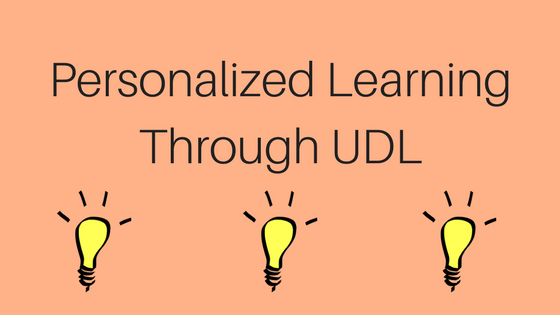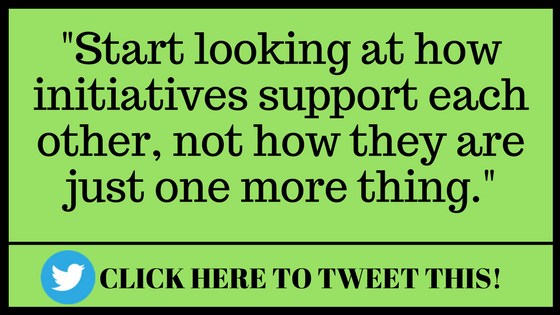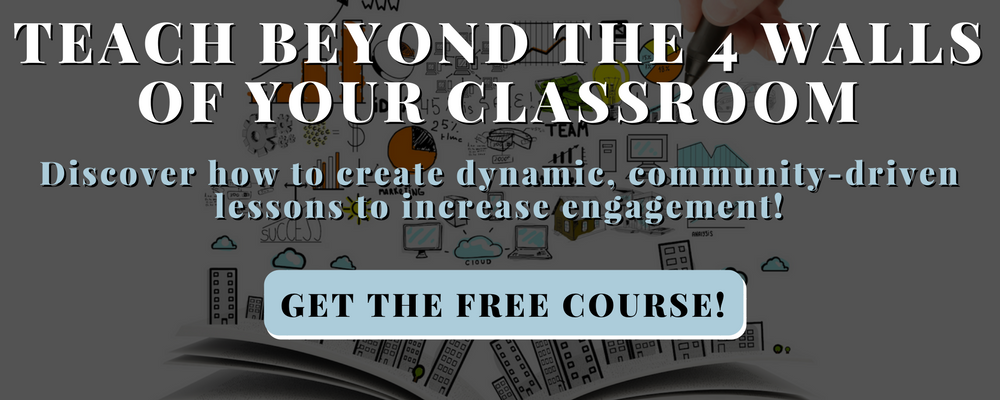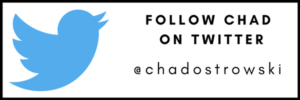Personalized Learning and Universal Design for Learning (UDL) can feel like new initiatives that are just “one more thing.”
When it comes down to it, though, many initiatives fit together nicely, and can help support one another. Through working with schools, districts, and teachers I’ve found that when we look at new ideas as something extra (as opposed to something that can help enrich, or enhance the already great work we are doing) it can hurt our view of whatever that initiative is.
Two very common initiatives I hear a lot about are Personalized Learning and Universal Design for Learning (UDL). (If you need to brush up on either, here are two articles for you: Personalized Learning + UDL). Many times these are discussed as completely separate, but when we look at how they can support each other, they become even more useful to us as teachers.
Here are some things Personalized Learning and UDL have in common and how they lend themselves to supporting one another.
STUDENT CHOICE
One of the greatest commonalities between personalized learning and UDL is the power of student choice. Both of these models thrive on the empowerment of students through increased engagement and control over their learning. This might be a choice on how to show mastery on a topic, or maybe how they would like to learn or explore content. This could even mean that students get to chose where, when, or how they learn. Creating an environment that supports this can be fully supported by both Personalized Learning as well as UDL.
LEARNER FOCUSED
Both of these approaches are also very student-centered as opposed to teacher centered. UDL provides a foundation for instructional design that allows students to have the choices so that Personalized Learning can occur. Both UDL and Personalized Learning put the student at the center of the instruction, learning, and assessment processes. This is a huge shift from more teacher-centered approaches.
[Scroll down to keep reading]FLEXIBILITY
One of the foundations of UDL is modifying activities or providing options for WHAT (students are interacting with to learn), HOW (they are showing competency), or WHY (are they motivated to learn). All of these can be fully supported by the Personalized Learning model. In fact, by applying the UDL template of instructional design you are creating the perfect framework for Personalized Learning to take place.
As you can see…
There is true power in looking at ways that these initiatives support each other. UDL can provide the perfect framework and classroom environment for us to personalize the learning environment to increase student achievement.
It is not a single initiative or idea that will change education, but the best of them all supporting each other, that will make the largest impact. It is only when we apply them with fidelity to support the best practices within them that they will achieve their intended purposes.
So whether you are being told you have to implement UDL, Personalized Learning, or any other initiatives, start looking at how they support each other, not how they are just “one more thing.”





